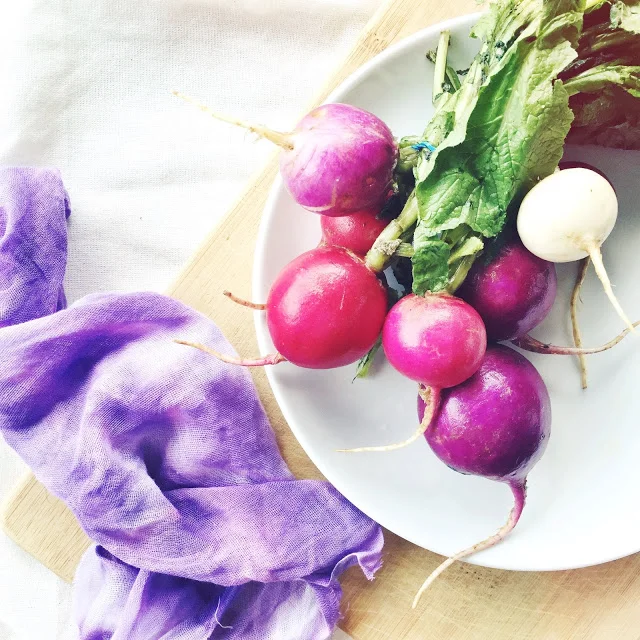Eating Seasonally
Eating locally, organically, + seasonally is an effort close to my heart. I advocate it often and live it through my job at EWG. Yet, I'm also mindful of the crippling lack of access to such bounty with the food deserts that are abound in the U.S. I'm not one to cast a blind eye at these issues; as a medical anthropologist, I am thoroughly aware of the broken food system + the ensuing obesity epidemic. That is a whole topic on its own that a blog post cannot delve into and arise with due justice.
Here's a guide to nourish our bodies sustainably yet in an accessible way, both financially + seasonally . . .
root health
What food deserts connect to is the current over-consumption of processed foods + our loss of access to fresh, local, seasonal produce. Eating with the seasons is an ancestral and sustainable practise. Although with modern technology comes the ability to eat sweet guava in D.C. or nosh of divine spoonfuls of dried Colombian goldenberries, it comes with its drawbacks. Eating non-seasonally bends the nature of mama earth, often requiring high usage of pesticides, waxes, and other chemicals to preserve foods.
Eating seasonally allows for eating freshly harvested foods that are chockfull of the highest possible antioxidant, mineral, + vitamin content. It heightens phythochemicals that prevent cancer and, most importantly, taste—the juice of a scarlet peach ripened by the summer sun . . . It also allows for rotation of foods, which keeps the body from stagnation + dependency while keeping food intolerances and allergies at bay. It's also in accordance with traditional Chinese + Ayurvedic medicine. Spring, for example, is the season of detoxifying liver in Traditional Chinese Medicine. Not surprisingly, it is also the season when bitter greens such as dandelion are available to support this detoxification, blood-cleansing, + elimination process. The seasons work synergistically with our bodies, our organs, & cells to heighten our health. It taps into the inert wisdom of Nature and communicates biochemically with our bodies to optimise fat storage, muscle gain, & maintain weight.
sustainable support
Farming is incredibly hard work—the difficulties that farmers in California are recently dealing with are a testament to this. NPR recently shed light on new frontiers for farmers. Eating seasonally moves us to eating locally, supporting the dedicated work of our farmers + a more sustainable economy. It reduces the impact we have on our environment by limiting the miles our food travels—just another way to lessen our carbon footprint and ensuring fair trade practises. It's a commonly held belief that buying local or seasonal is more expensive, but seasonal foods are cheaper to produce, is produced more, and so have a cheaper price tag. It's in its peak season so it's cheaper to produce and distribute for farmers. I say distribute since you don't have to go to your local farmer's market to access seasonal, local foods as many grocery stores now carry labeled local seasonal produce—some stores in the D.C. area that do are Whole Foods, MOM's Organic Market, Harris Teeter, + Dawson's Market. It is an experience, though, to take a trip to local farmer's markets and, if you do, do drop on by local maker Chaia's stand! Easy on the stomach, easy on the planet, and easy on the wallet . . .
guide
Our ancestors naturally ate seasonally with their hunter-gatherer lifestyle, but we can do the same by following seasonal cycles of harvest. I follow this guide to select + shop for my produce. I am also one to both accidentally buy too much at once and hunger for non-seasonal produce from time to time. That's where another traditional practise of fermenting and pickling comes in. I grew up watching my grandmother pickle, ferment, + dry everything but the kitchen sink. I'm returning back to my roots by fermenting my leftovers. I'm an avid sauerkraut maker + have been indulging in lacto-fermented radishes by my sweet friend Charlotte as well. Vibrancy galore!



